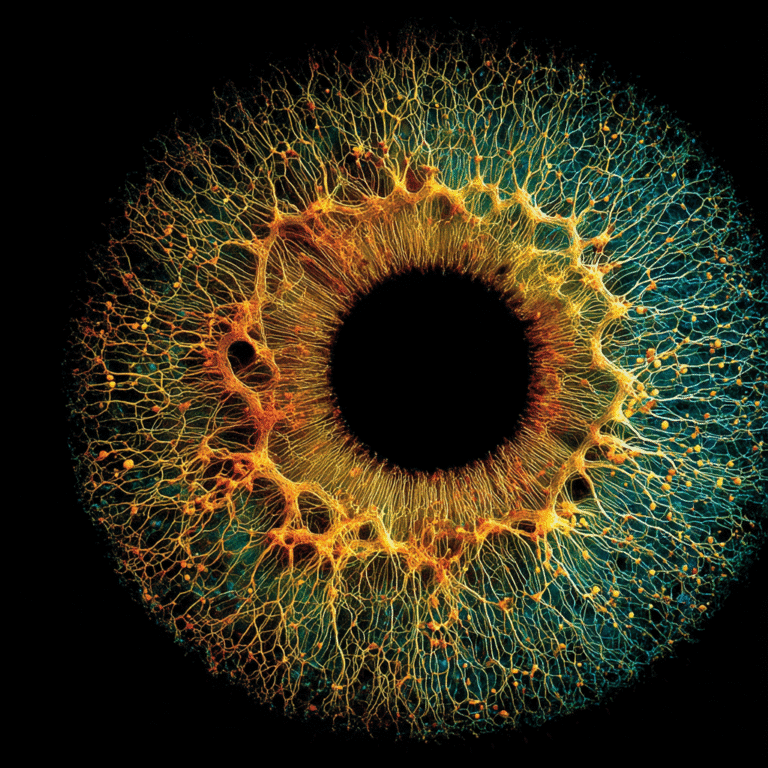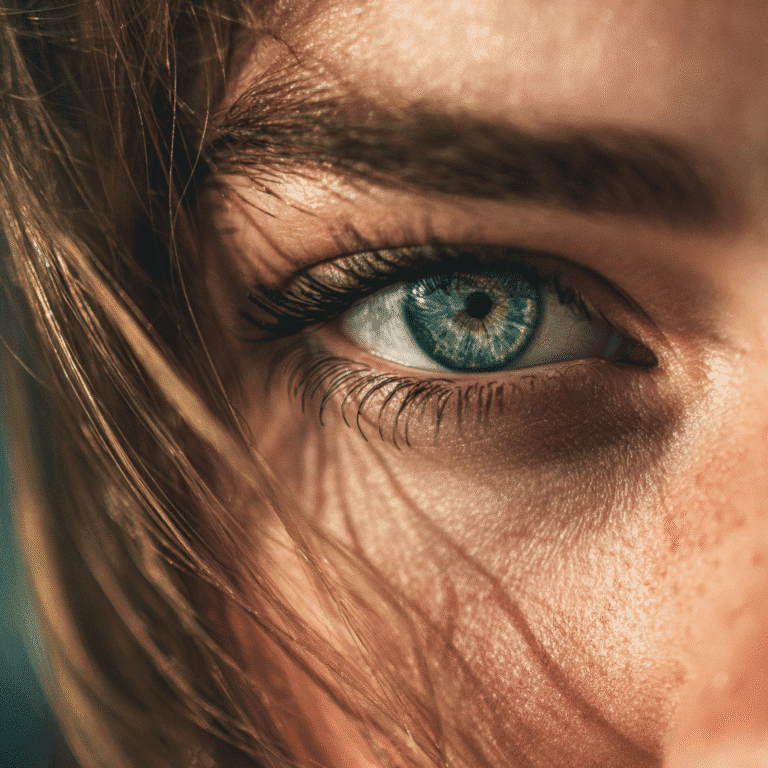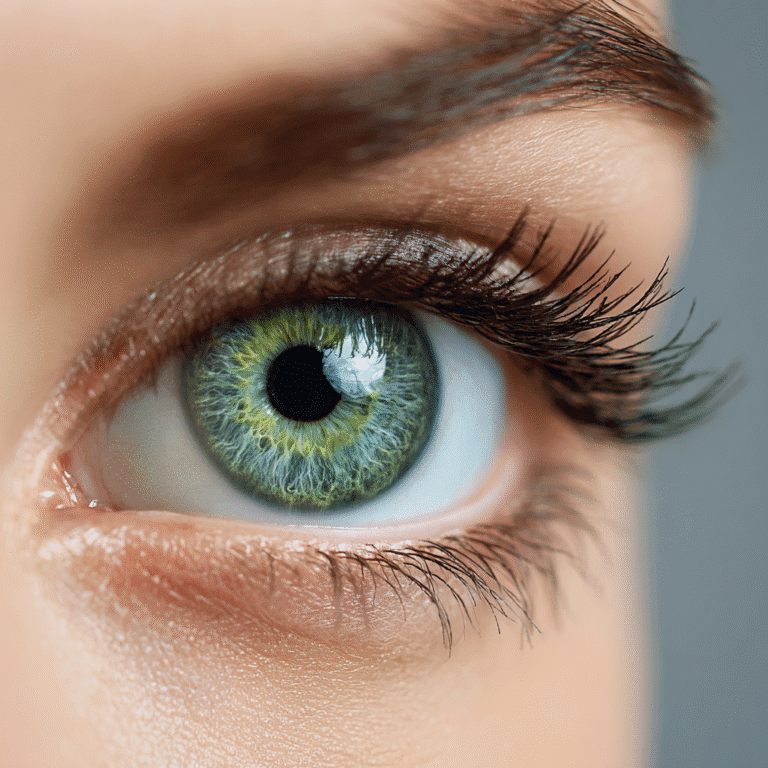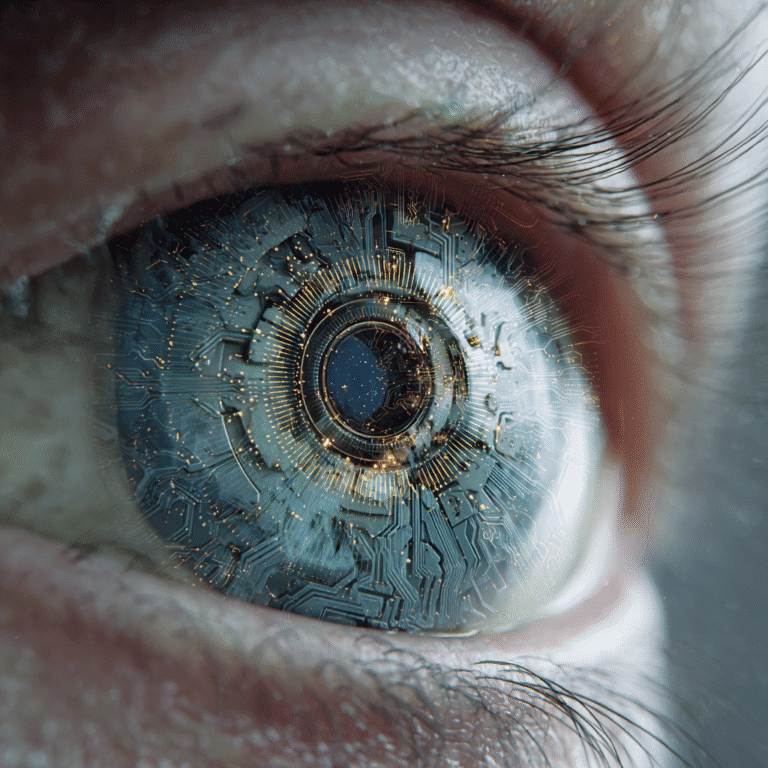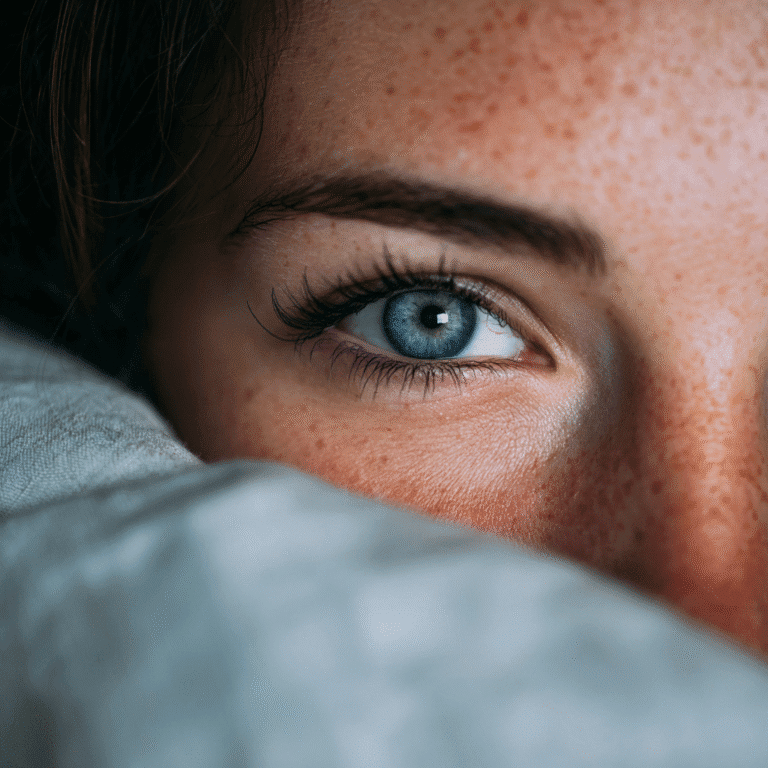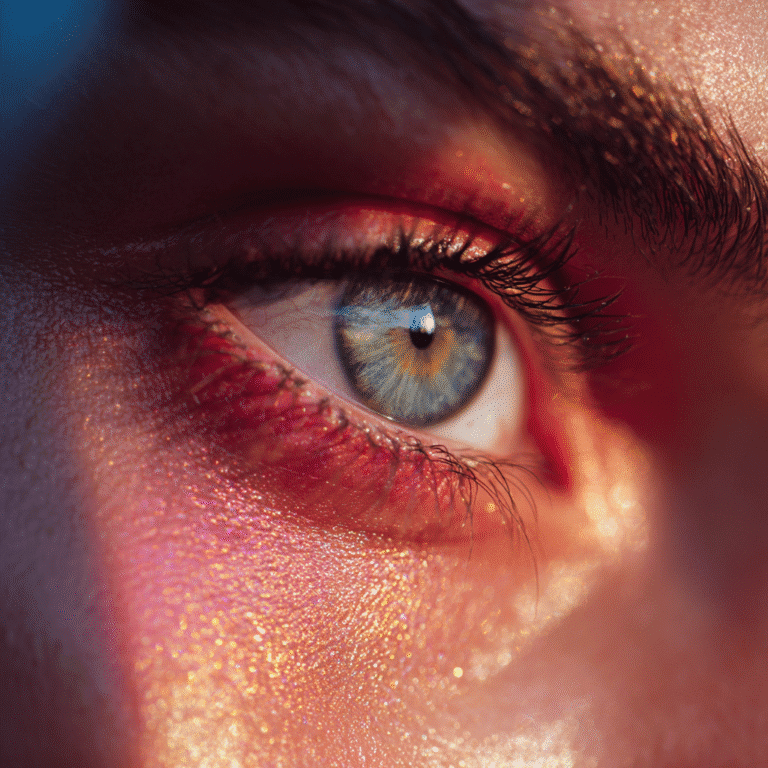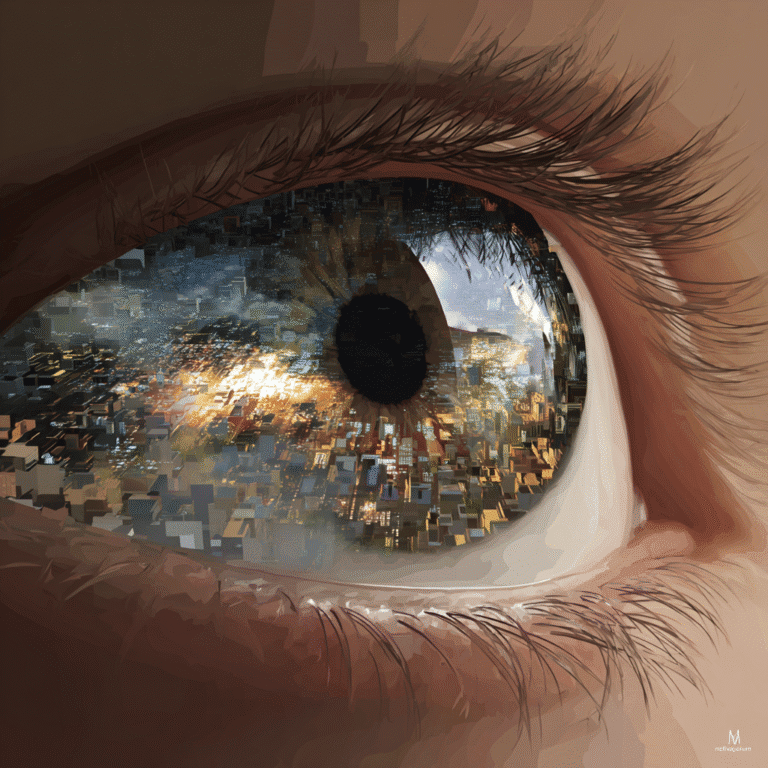How a Single Ion Channel Can Disrupt Vision: New Insights Into Night Blindness and Retinal Degeneration
Belmont Eye Center News,Eye News & Education
A new study from Ritsumeikan University has revealed that the loss of just one ion channel, TRPM1, is enough to trigger persistent rhythmic electrical activity (oscillations) in the retina. These oscillations act like “neural noise” and are seen in conditions such as congenital stationary night blindness (CSNB) and retinitis pigmentosa (RP). For patients, this neural…
Read MoreThe Hidden Connection Between Eye Health and Whole-Body Wellness
Most people think of eye exams as something that only checks for vision problems—but your eyes are far more powerful than that. In fact, the eyes are often called the “windows to your health” because they can reveal early signs of systemic conditions like diabetes, high blood pressure, autoimmune disease, and even neurological disorders. Regular…
Read MoreThe Benefits of LASIK Eye Surgery
For millions of people around the world, clear vision without the hassle of glasses or contact lenses has become a reality thanks to LASIK eye surgery. LASIK (Laser-Assisted In Situ Keratomileusis) is one of the most effective and widely performed procedures for correcting vision problems such as nearsightedness, farsightedness, and astigmatism. If you’ve ever wondered…
Read MoreHow Screen Time Is Changing Our Eyes – and What You Can Do About It
Whether you work on a computer, scroll on your phone, or unwind with streaming shows, your eyes are working harder than ever before. The average American now spends over seven hours a day in front of digital screens — a lifestyle shift that’s dramatically changing how our eyes feel and function. At Belmont Eye Center,…
Read MoreThe Best Vitamins and Supplements for Eye Health
Your eyes are one of the most important parts of your body and deserve protection—especially as you age and become more prone to certain eye conditions. There are several ways to preserve your vision and overall eye health, including ensuring you get the right vitamins and minerals that support healthy eyesight. Below, we highlight some…
Read MoreBreakthrough Implant Helps Restore Vision Lost to Advanced Macular Degeneration
Breakthrough Implant Helps Restore Vision Lost to Advanced Macular Degeneration Published October 20, 2025 Source: The New England Journal of Medicine Authors: Frank G. Holz, M.D., Yannick Le Mer, M.D., Mahiul M.K. Muqit, M.D., Ph.D., Lars-Olof Hattenbach, M.D., Ph.D., Andrea Cusumano, M.D., Ph.D., Salvatore Grisanti, M.D., Laurent Kodjikian, M.D., Ph.D., and José-Alain Sahel, M.D., et…
Read MoreEye-Opening Study Links Glaucoma and Poor Sleep | Belmont Eye Center NYC
New research has revealed a surprising connection between how well you sleep and the health of your eyes. A recent study of more than 6,700 Americans over age 40 suggests that poor sleep patterns may increase the risk of glaucoma — a leading cause of irreversible blindness worldwide. The Link Between Glaucoma and Sleep Problems…
Read MoreEye Irritation 101: How to Safely Handle a Foreign Object in Your Eye
Belmont Eye Center News,Eye News & Education,LASIK Education & News
That sharp, gritty feeling in your eye can stop you in your tracks. Whether it’s dust, an eyelash, or a speck from city air, getting something stuck in your eye can be both painful and alarming. Your first instinct might be to rub your eye—but that’s often the worst thing you can do. Don’t Rub—Blink…
Read MoreSpend All Day at a Computer? Here’s How to Protect Your Eyes from Digital Eye Strain
If you live or work in New York City, chances are your days involve long hours in front of a computer, phone, or tablet. Whether you’re typing away in a Midtown office, working remotely from a Brooklyn coffee shop, or scrolling the subway ride home, screens are a big part of daily life. But with…
Read MoreBack-to-School Vision Tips: Protecting Kids’ Eyes in a Digital World
As children head back to school, it’s not just new backpacks and fresh notebooks that matter—clear vision plays a critical role in academic success. Yet many students return to the classroom each fall only to discover that their eyesight has changed since the previous year. Recent studies show that nearsightedness (myopia) is on the rise…
Read More
